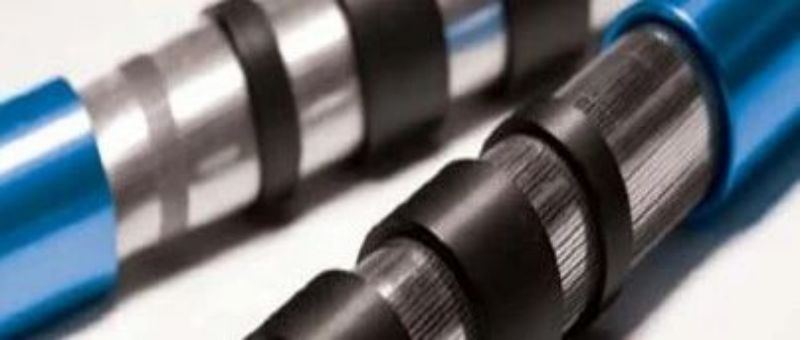
Technology introduction: During the production process, oil and gas wells need to perform section plugging or other workover operations due to the increase in crude oil water content. The past methods are to install a drilling rig or a workover rig, kill the well, pull out the production tubing, and install a bridge plug or injection Cement seals the aquifer, and then the production oil pipeline is produced. This old-fashioned technology not only has high production costs, but also inevitably pollutes the oil-producing layer again, affecting production. At the same time, it is difficult to control the depth of the bridge plug. Baker Oil Tool recently proposed a new oil layer plugging technology called "cable-set oil pipe expansion bridge plug technology." This technology has low process requirements, low cost, good effect and the bridge plug can be recycled. The economic effect is more obvious when operating at sea.
Technical features: No drilling rig or workover rig, oil pipe or coiled tubing equipment is required when setting the bridge plug. Not killing the well avoids re-contamination of the oil layer. Saves more than half the time compared to old-fashioned tools. Equipped with a magnetic positioner to precisely control the depth of penetration. Good compatibility and can be used with any cable system. It can be controlled remotely, which is particularly advantageous in many places such as drilling platforms that are not suitable for coiled tubing operations. It can be passed through different specifications of tubing, casing, drill pipe, or set in them (see table below). It can withstand a pressure difference of 41.3 MPa in both directions. After the bridge plug is set, cement can be injected on the bridge plug to convert it into a permanent bridge plug. Withstand greater pressure differences. Coiled tubing or wire rope can be used to recover and pull out.
Working principle: First connect the tools in the order shown below and then go down the well. The magnetic locator allows the bridge plug to be lowered to a reliable depth. The working process of the system has five steps: downhole, expansion, pressurization, relief and recovery. When it is determined that the position of the bridge plug is correct, power is supplied to the expansion pump on the ground to make it work. The expansion pump filters the well-killing fluid through a filter and then sucks it into the pump to pressurize it, turning it into expansion fluid and pumping it into the bridge plug rubber barrel. The bridge plug setting operation is controlled and tracked through the current flow on the ground monitor. When starting to pump fluid into the bridge plug, the initial current value indicates that the setting tool has started working. When the current value suddenly increases, it shows that the bridge plug has expanded and started to pressurize. When the current value of the ground monitor suddenly decreases, it indicates that the setting system has been released. The setting tools and cables are left loose and can be recycled. The set bridge plug can immediately withstand the high pressure difference without the need for additional ash or cement pouring. The set bridge plug can be recovered by entering the well with cable equipment at one time. Pressure differential balancing, relief and recovery can all be completed in one trip.
Post time: Nov-11-2023








 Room 703 Building B, Greenland center, Hi-tech development zone Xi’an, China
Room 703 Building B, Greenland center, Hi-tech development zone Xi’an, China
 86-13609153141
86-13609153141


